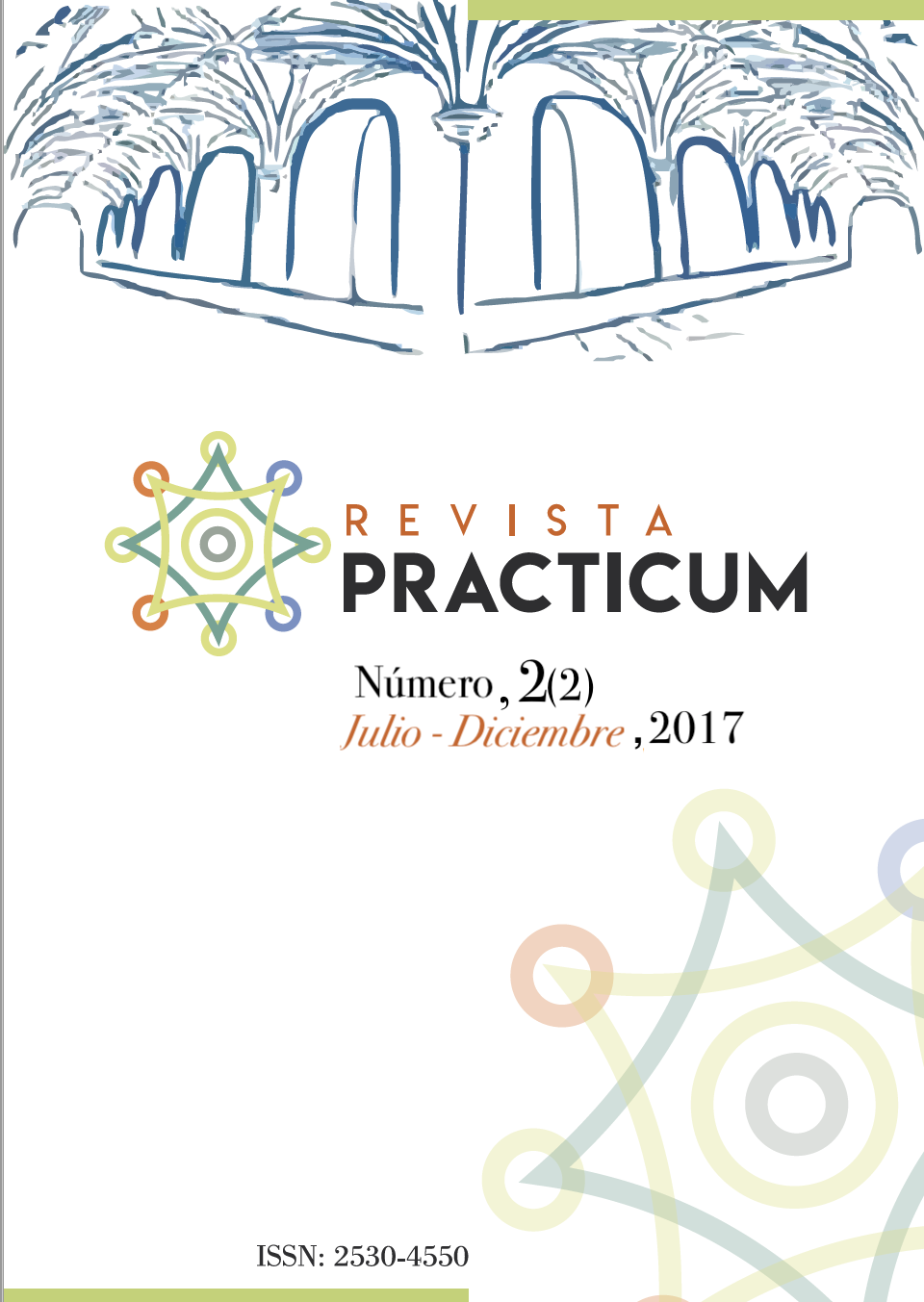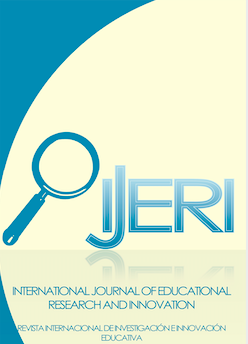Development a VIRTUAL PRACTICUM: fundamentals and keys.
DOI:
https://doi.org/10.24310/RevPracticumrep.v2i2.9858Keywords:
Virtual practicum;, simulation;, experiential learning;, professional action;, e-learning;Abstract
We are presenting the experience of creation and implementation of a practicum developed entirely in virtual modality, for the clinical and educational itineraries of the Degree in Psychology. It is accompanied by the theoretical argumentation that supports this innovative methodology, which uses Information and Communication Technologies (ICT) and a Learning Management System (LMS) - learning platform - to generate simulated professional environments. Concepts such as psychological and functional fidelity, learning community, collaborative work, and design based on competencies and job performance, give theoretical support to a teaching project with 13 years of experience. The objective is to expose the keys that have emerged from this teaching experience, for the development of similar models that, given the technological advances and the methodological developments of the current university education, will not take be long to supplement the formative experiences of pre and post degree, in more commonly and accessible way.
Downloads
Metrics
References
Allan, B., & Lewis, D. (2006). The impact of membership of a virtual learning community on individual learning careers and professional identity. British Journal of Educational Technology, 37(6), 841-852. https://doi.org/10.1111/j.1467-8535.2006.00661.x
Bashe, A., Anderson, S. K., Handelsman, M. M., & Klevansky, R. (2007). An acculturation model for ethics training: The ethics autobiography and beyond. Professional Psychology: Research and Practice, 38(1), 60-67. https://doi.org/10.1037/0735-7028.38.1.60
Berry, J. W. (1997). Immigration, acculturation, and adaptation. Applied psychology, 46(1), 5–34.Biggs, J. (2005). Calidad del Aprendizaje Universitario. Madrid: Narcea.
Cantor, J. A. (1997). Experiential Learning in Higher Education: Linking Classroom and Community (Vol. ASHE-ERIC Higher Education Report). Washington, D.C: The George Washington University. Graduate School of Education and Human Development. Recuperado a partir de https://eric.ed.gov/?id=ED404948
Gaba, D. M. (2004). The future vision of simulation in health care. Quality and Safety in Health Care, 13(suppl_1), i2-i10. https://doi.org/10.1136/qshc.2004.009878
González-Brignardello, M. P. (2016). La formulación de caso en supervisión clínica: Proceso colaborativo apoyado por mapas conceptuales. Revista de Psicoterapia,27(104), 101-118.
Gunawardena, C. N. (1995). Social presence theory and implications for interaction and collaborative learning in computer conferences. International journal of educational telecommunications, 1(2), 147–166.
Gunawardena, C. N., & Zittle, F. J. (1997). Social presence as a predictor of satisfaction within a computer-mediated conferencing environment. American Journal of Distance Education, 11(3), 8-26. https://doi.org/10.1080/08923649709526970
Kirschner, P., Van Vilsteren, P., Hummel, H., & Wigman, M. (1997). The design of a study environment for acquiring academic and professional competence. Studies in Higher Education, 22(2), 151-171. https://doi.org/10.1080/03075079712331381014
Kozlowski, S. W., & DeShon, R. P. (2004). A psychological fidelity approach to simulation-based training: Theory, research and principles. Ashgate Pub. Ltd. Recuperado a partir de https://goo.gl/5UhT3P
Kreijns, K., Kirschner, P. A., & Jochems, W. (2002). The Sociability of ComputerSupported Collaborative Learning Envirorunents. Educational Technology & Society, 5(1), 8-22.
Kreijns, K., Kirschner, P. A., & Jochems, W. (2003). Identifying the pitfalls for social interaction in computer-supported collaborative learning environments: a review of the research. Computers in human behavior, 19(3), 335–353.
Maran, N. J., & Glavin, R. (2003). Low-to high-fidelity simulation–a continuum of medical education? Medical education, 37(s1), 22–28.
Marcelo, C., Yot, C., Mayor, C., Sanchez Moreno, M., Rodriguez Lopez, J. M., & Pardo, A. (2014). Learning activities in higher education: Towards autonomous learning of students? REVISTA DE EDUCACION, (363), 334–359.
Martínez, P. M., & Echevarría, B. E. (2009). Formación basada en competencias. Revista de investigación educativa, 27(1), 125–147.
Tejada, J. (2005). El trabajo por competencias en el prácticum: cómo organizarlo y cómo evaluarlo. Revista electrónica de Investigación educativa, 7(2), 1–31.
Zabalza, M. A. (2017). El Practicum y las prácticas externas en la formación universitaria. Revista Prácticum, 1(1). Recuperado a partir de https://idp.gteavirtual.org/ojs/index.php/iop/article/view/15
Downloads
Published
How to Cite
Issue
Section
License
Acceptance of the work implies that the author grants Revista Prácticum the exclusive rights to reproduce, distribute and sell his or her work worldwide, both in digital and paper formats, CD-ROM, etc.
Likewise, the authors shall grant Revista Prácticum the rights of dissemination, public communication on the Internet and IT networks, data buses, as well as any other portals or electronic devices for online consultation of its contents and extracts, under the conditions of the portal, repositories or databases where the work is stored.
Revista Prácticum allows authors to publish and disseminate their articles and works on their personal websites, research teams, institutional repositories and scientific databases. All this in accordance with the Creative Commons 4.0 License









8.png)








